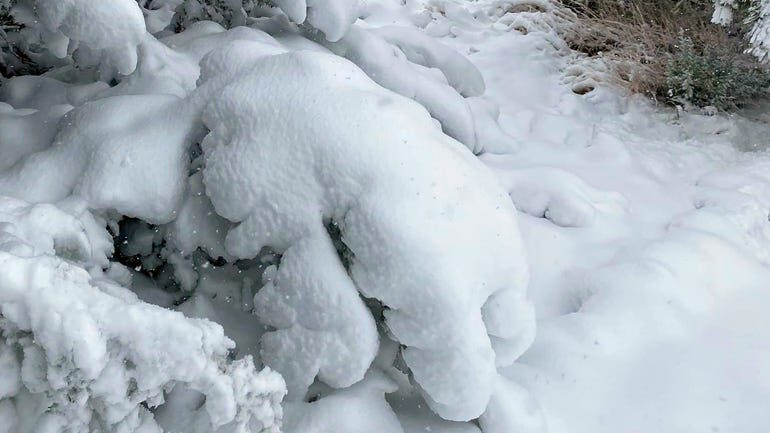OF THE
TIMES
The company should just close its american operations and move them somewhere else. The market isn't just america. Concentrate on the emerging...
If you need missiles to persuade your rivals you probably do not have an argument that stands scrutiny. ?
The human race has a reckoning if this stupidity is allowed to breed. Perhaps Karma will one day ensure that this idiot has a boating accident and...
The sacrifice off the red bull goes back to pre antedeluvian times before the flood of Noah. It is manifest all over the world like All souls...
Well done UsForThem. The effort must at times be tiresome and sometimes it must have seemed as if you were talking to a brick wall, but talk we...
To submit an article for publication, see our Submission Guidelines
Reader comments do not necessarily reflect the views of the volunteers, editors, and directors of SOTT.net or the Quantum Future Group.
Some icons on this site were created by: Afterglow, Aha-Soft, AntialiasFactory, artdesigner.lv, Artura, DailyOverview, Everaldo, GraphicsFuel, IconFactory, Iconka, IconShock, Icons-Land, i-love-icons, KDE-look.org, Klukeart, mugenb16, Map Icons Collection, PetshopBoxStudio, VisualPharm, wbeiruti, WebIconset
Powered by PikaJS 🐁 and In·Site
Original content © 2002-2024 by Sott.net/Signs of the Times. See: FAIR USE NOTICE

Reader Comments